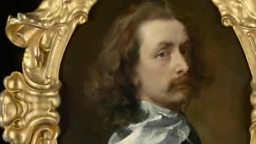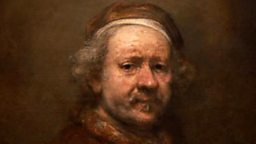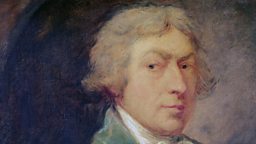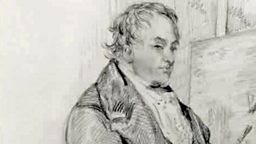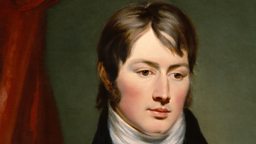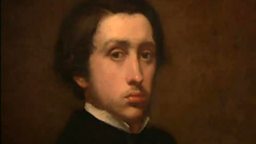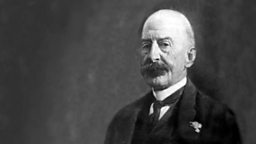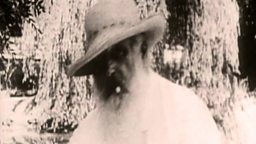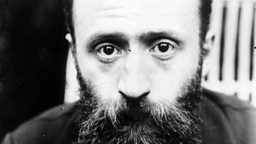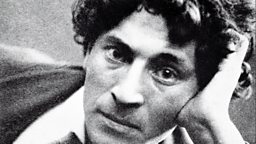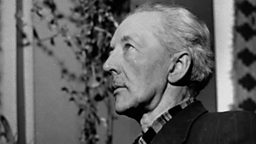Rembrandt van Rijn (1606 – 1669)
Rembrandt was the greatest Dutch painter of his age.
Rembrandt Harmenszoon van Rijn was born in 1606 in , the Netherlands. At the age of 14 Rembrandt began studying at the famous University of Leiden but academic life did not suit him and he soon left to begin an apprenticeship as a painter.
Painting is the grandchild of nature. It is related to GodRembrandt Harmenszoon van Rijn
After three years with a local painter Rembrandt went to Amsterdam in 1624 to study with . Lastman had been to Italy and introduced Rembrandt to art from outside of the Netherlands. However Rembrandt did not follow the usual advice for young painters at this time which was to travel to Italy to study Italian art first hand. Instead he felt that he could learn everything he needed to from the art available in his home country.
In 1631 Rembrandt settled in Amsterdam as it offered more opportunities for a young and successful artist. He set himself up as a portrait painter and in 1634 he married the very well connected .
Rembrandt’s stature as an artist grew and the most important people in the city commissioned him. His painting was influenced by new developments in Italian art.  dramatic use of light is reflected in Rembrandt’s work of the 1630s where he found new ways of using light and shadow in his portraits to bring the subject to life.
In 1642 Saskia died leaving him with a young baby, Titus. Rembrandt began an affair with his son’s nurse but later fell in love with another servant . She became a model in many of his paintings
In the 1650s Amsterdam was hit by a massive economic depression and Rembrandt had to declare himself bankrupt. All of his possessions including a vast collection of paintings were sold off very cheaply. He, Titus and Hendkrickje moved to a poorer part of town, but he still continued to paint.
Rembrandt had always used himself as a model but in the last twenty years of his life he painted self-portraits with increasing frequency. He also continued to receive some big commissions at this time including '' and '' (c. 1666).
Throughout his career he attracted pupils who also served as his assistants. They worked with him in his studio painting the same subjects he did. Their work can sometimes be very hard to distinguish from Rembrandt’s own.
Rembrandt died on 4 October 1669.
See also


